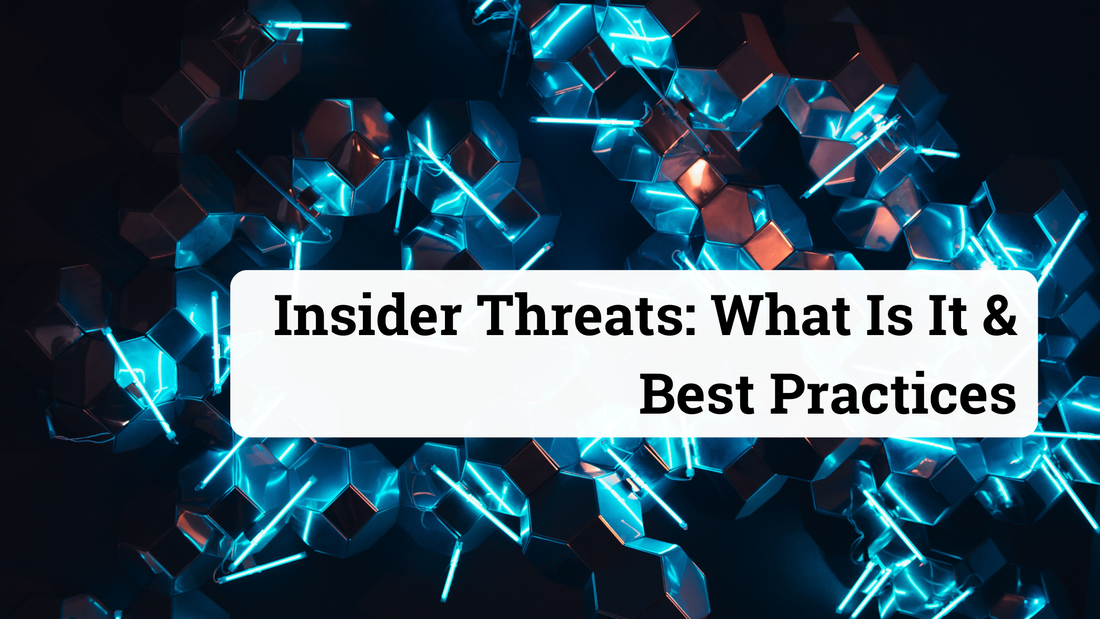|
Insider threats refer to the risks posed to an organization's security by its own employees or insiders. These insiders could be employees, contractors, or anyone else who has access to the organization's sensitive data and information. While not all insiders have malicious intent, they can still inadvertently or deliberately cause damage to an organization's data and systems. These threats can take many forms, including theft of intellectual property, deliberate data breaches, sabotage, and unintentional data leaks. In fact, it has been found that insider threats account for more than 34% of all cybersecurity incidents, and that 74% of organisations are at least moderately vulnerable to insider threats. Insider threats are a complex and multifaceted problem, requiring a comprehensive approach to address them effectively. The best practices for mitigating insider threats involve a combination of technological and organizational measures. So, what are the best practices for preventing insider threats? Here are some strategies that organizations can use to protect themselves:
Takeaway In conclusion, insider threats are a growing concern for organizations, and it is important to take proactive measures to protect against them. As the risks they pose must not be ignored. By implementing the best practices outlined above, organizations can reduce their risk of insider threats and protect their sensitive data and systems. This is essential as organizations need to take a comprehensive approach to insider threat mitigation, and to continually adapt their strategies to address evolving threats. Related Topics Why do businesses need to be cyber secure? Is it as important as emphasized everywhere? 7 Types of Cybersecurity Measures SMEs Need to Protect Their Business Ransomware - A Growing Problem & Best Practices For You and Your Company Comments are closed.
|
Archives
June 2024
Categories
All
|
|
© 2021, TAFA HOLDINGS (S) PTE LTD. ALL RIGHTS RESERVED
|


 RSS Feed
RSS Feed